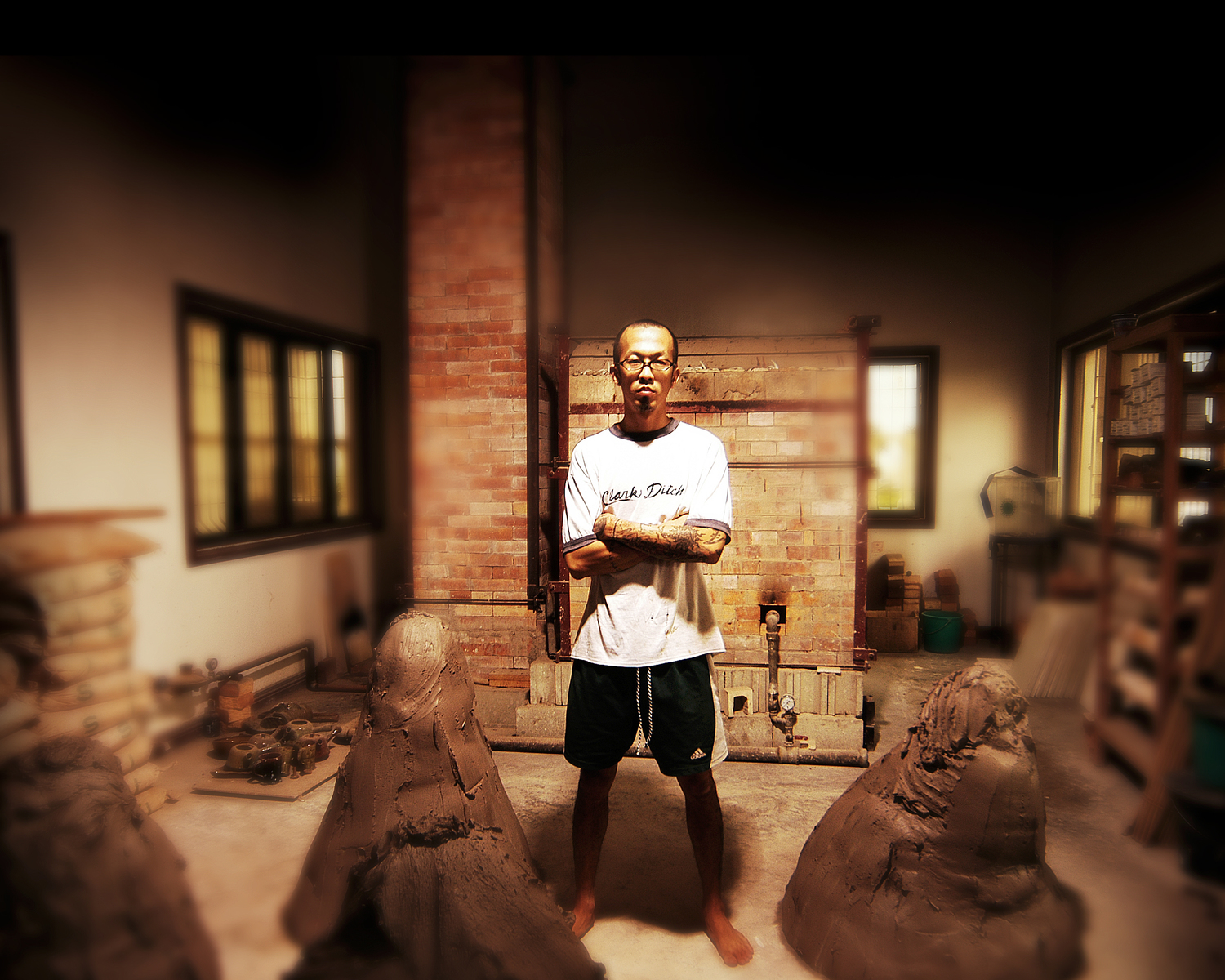"Hot Water" British Ceramic Review Magazine March/April 2006
Preview- The humble chawan and its noble roots are celebrated in a major international exhibition in Belgium. Ceramic Review takes a sip.
The connection between ceramics and tea-drinking has a rich, evolved culture. The qualities of handmade ceramic vessels have much in common with the virtues revered by the Japanese tea ceremony, or chanoyu, which developed into an art form after the ninth century when tea was introduced to Japan from China. Much like the ceramics it used, the simple act of tea drinking became symbolic in Japan of an appreciation of nature, simplicity and imperfection, an later a high art advocating harmony and balance.
The sweeping influence of this culture is celebrated in Joy of the Noble teacup, a major project organized in Belgium by Lou Smedts an Kaori Goyen-Chiba, to explore the ceramic heritage of the chawan, or the oriental tea bowl, and to trace its roots. Chawan makers from Asia, Europe and the Americas participating in the exhibition reveal a great diversity of vision relating to this simple vessel loaded with tradition. However simple, the chawan performs the essential role in the tea ceremony as the direct connection between hos and guest, and is therefore capable of transcending its humble function to assume a powerful cultural significance.
Among the sixty-seven participants from sixteen countries are Jack Doherty (UK), Roland Summer (Austria), Vladimir Shapovalov (Ukraine) and Akiko Ozutsumi (Japan). This evocative collection fascinates, tantalizes and resonates with the spirituality of the culture it celebrates.
Joy to the Noble Teacup is showing at Galleri La Fabrick, Hertsal, Belgium from March 12- April 2, and tours to Paris later in the spring. For further information, image gallery and future exhibition dates see: website www.jnt.info
Top: Chawans by Jon Lorenzo Pettyjohn and Hadrian Mendoza of the Philippines.
Bottom Left: Hilda Merom (Israel)
Bottom Right: Akiko Otzutsumi (Japan)
